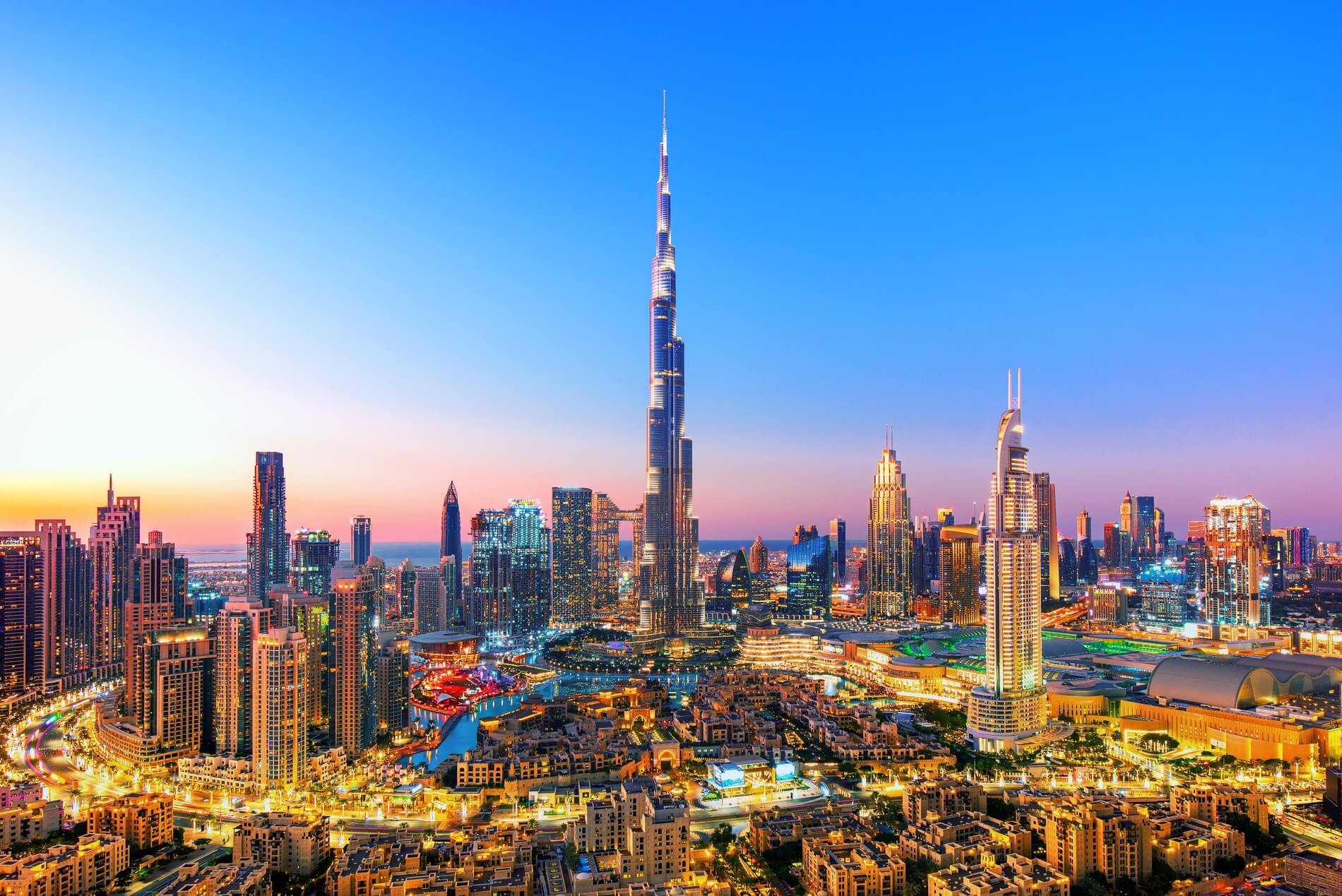
As Dubai continues to cement its status as a global hub for investment, innovation, and high-quality living, conversations around supply and demand in the real estate market have resurfaced—this time louder than ever.
Some investors and market observers are sounding alarms, claiming that an "oversupply crisis" looms due to the surge of new project launches expected to be delivered in 2025 and 2026. But is the Dubai market truly at risk of being flooded with properties? The answer requires a deeper, more intelligent look at how Dubai’s real estate market is structured—and what “supply” actually means in a city with layered, evolving demand drivers.
The Oversupply Myth — Debunked
Dubai’s real estate market is not a single, uniform entity. It is an intricate network of micro-markets, each serving a specific buyer type, income group, and lifestyle preference.
Claiming “Dubai is oversupplied” is like saying the entire global car industry is oversupplied just because there are too many sedans. The reality is more nuanced: certain segments may have more availability, but others are critically undersupplied—especially in prime locations or highly sought-after property types.
Micro vs Macro Supply Trends in 2025
Macro-Level:
Yes, Dubai is launching more projects. But let’s align that with real figures:
- The city expects 40,000–45,000 units delivered annually, a healthy volume in a growing economy.
- Dubai’s population surpassed 3.65 million in 2024, and continues to grow by over 3% annually.
- Tourism hit a record 17 million+ visitors in 2023, many of whom convert into short-term tenants, long-term residents, or investors.
In short: macro demand is not only healthy—it’s accelerating.
Micro-Level:
Look closer, and you’ll see a different story in each zone:
- Downtown Dubai has nearly no new land to develop. Existing stock—especially branded residences—has low availability and strong rental demand.
- Business Bay recorded over 9,000 transactions year-to-date, quadrupling the activity in nearby areas like Downtown.
- Creek Harbour’s early projects (The Cove, Creek Horizon) have <2% active resale listings despite handovers, indicating a retention-led market.
Meanwhile, areas like JVC or Dubailand might show signs of excessive supply in certain unit types (studios and 1-bed apartments), but these are isolated, not systemic.
Oversupply” Depends on the Product – And the Buyer
Not all supply is created equal.
- A AED 950k studio in JVC competes in a completely different arena than a AED 3.5M branded beachfront unitin Emaar Beachfront.
- Buyers of ultra-luxury villas in Palm Jumeirah or investors seeking metro-connected 1BRs near Downtown are not the same market.
- Just because many projects are launching doesn’t mean they serve the same audience—or will hand over simultaneously.
Dubai’s Supply Pipeline Is Smarter Than You Think
Developers today are far more cautious and calculated than during the speculative boom of 2008. Projects are often:
- Master-planned and phased, aligned with metro expansions, school zones, and infrastructure growth.
- Backed by strong payment plans that stagger absorption.
- Targeted toward end-users, regional families, and long-term investors, not flippers.
A prime example: Emaar’s The Oasis—a premium villa community near Al Maktoum Airport. Although thousands of units are planned, handovers are phased between 2027–2030, matching the population inflow expected with new transport corridors.
Real Demand in Action: Examples from Today
Downtown Dubai – Act One Act Two
In 2021, 2-bedroom units were available at AED 2,100/sqft. In 2025, similar units are transacting near AED 2,600/sqft with limited resale stock. Those who feared oversupply missed 20–25% capital appreciation.
Dubai Creek Harbour
Studios and 1-bed units with waterfront views under AED 2M are increasingly rare. Buyers are now competing for a dwindling number of resale listings as new launches focus on higher-tier units.
Business Bay
Despite thousands of units delivered, transaction volume remains high because the right type of units (e.g., verified 1BRs near Bay Avenue, metro, or canal views) are low in supply but high in demand.
Our Role as Real Estate Advisors
At fäm Properties, we believe it is our ethical duty to guide clients with facts, not fear.
When we say a product is “under-supplied,” we show:
- Verified listing and transaction data from DXBinteract.
- Actual resale availability and days-on-market figures.
- Rental demand and yield performance.
We do not generalize. We don’t use buzzwords. We show the numbers—and let our clients make smart, informed decisions.
Final Thought
Dubai’s real estate market is dynamic, resilient, and increasingly mature. The key for both investors and agents is to zoom in, not panic from headlines.
Oversupply exists in some pockets. But strategic opportunities in prime, well-planned, and limited-availability communities continue to thrive—and will likely outperform in the next cycle.
This is not just a market to sell properties. It’s a market to understand, to educate, and to position intelligently.
As always, smart investment is not about what the market says, but about what the market shows.